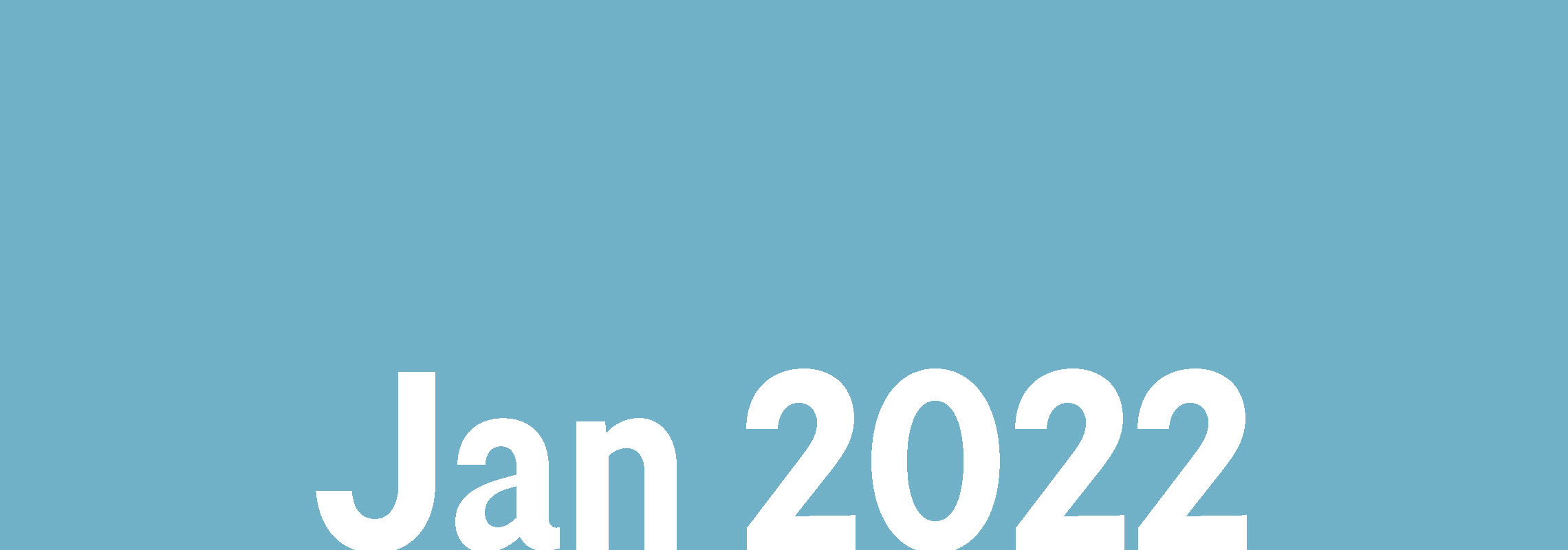What Does Excellence Look Like?
by Alicia Belton, AIA, NOMA, AIA Minnesota President
Happy 2022, AIA Minnesota Community!
I am looking forward to serving as president of AIA Minnesota this year. Yes, even in the space of COVID, climate change and systemic injustice, there is a place for hope and optimism. We as a profession can make measurable and meaningful impact in creating a built environment that is more resilient, sustainable, and just!
By now we are all familiar with AIA 2030, the AIA Framework for Design Excellence, and Just., created by the International Living Future Institute. These platforms provide metrics, tools, and case studies to assist in the process of creating good design and workplace systems that serve people and protect the planet, goals that are near and dear to my heart. This fuels my vision for how we can be a catalyst for change, modeling best practices to the clients we serve and the communities we help to create. How do we collectively build a culture of excellence where zero-carbon neutrality, resilient and equitable outcomes are the norm within the profession?
My vision for our organization this year centers on developing our next AIA Minnesota strategic workplan, aligning our AIA Minnesota members’ needs and desires with AIA’s Strategic Plan 2021-2025. The priorities identified in the AIA plan are twofold:
- Climate action for human and ecological health
- Advancing racial, ethnic and gender equity
The ten principles of the Framework for Design Excellence focus on climate action, wellbeing, and equity and will help to inform our strategic workplan. When we Design for Integration, Equitable Communities, Ecosystems, Water, Economy, Energy, Well-Being, Resources, Change, and Discovery, we can make transformational shifts toward a better built environment. Of course, every project won’t meet all criteria, but it is my hope that we can create an ongoing dialogue of what’s working well so that we can support and inspire our community to not only know better but to do better.
When it comes to equity, our strategic workplan will also be informed by two key initiatives and resources:
- The 2030 Diversity Challenge, an initiative of NOMA and the AIA Large Firm Roundtable to double the number of African American architects from 2,500 to 5,000 by 2030. This effort will involve eliminating systemic barriers and pinch points by providing scholarships, paid internships, entry-level and management jobs with meaningful experiences, and mentoring to increase representation in firms and develop opportunities for leadership.
- The recent study commissioned by the AIA and The Center for WorkLife Law titled The Elephant in the (Well Designed) Room – it focuses on bias within the architecture profession. As I read through the report, I could unfortunately relate to the disturbing examples of workplace culture that women and people of color face daily. We must acknowledge and wrestle with these inequities and biases. My hope is that we will create a culture of practice where everyone is seen, valued, and heard.
We are at a critical crossroad to ensure the wellbeing of our planet and its people for future generations. It will take all of us working together to resolve the critical issues of climate change and equity that we are facing globally. What does excellence look like? How will we know? These are questions that I will continue to pose and challenge as we build intentional change for a reimagined future, one that centers resilience, sustainability, and equity.
I look forward to what we learn and how we grow together this year!
View the January 2022 edition of Matrix.


